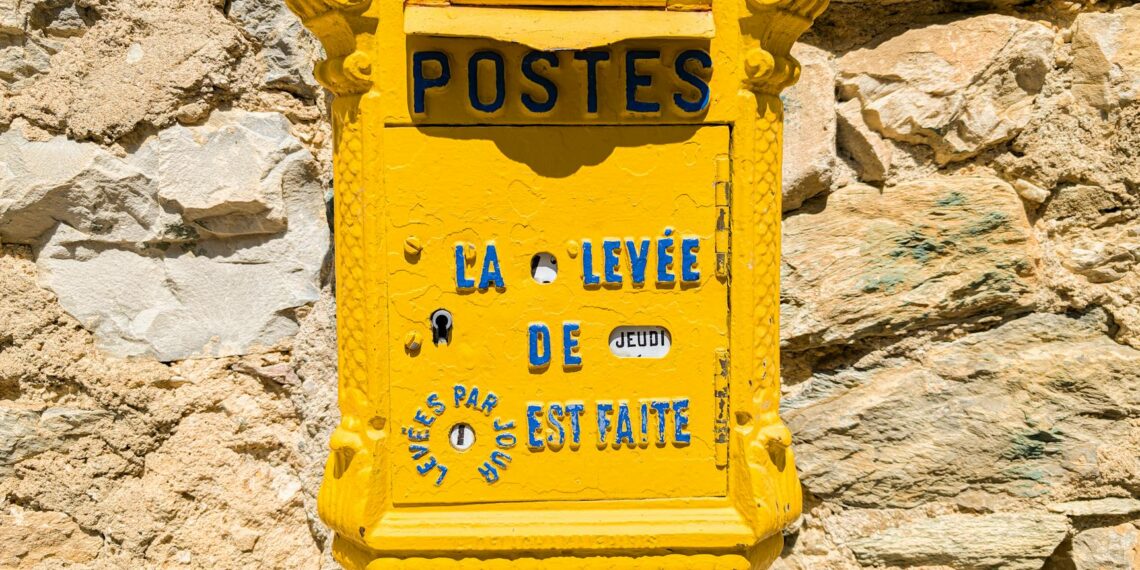France boasts a rich and complex history of coinage, spanning centuries and featuring a wide variety of coins. Here’s a brief overview of some notable examples:
- Livre: Before the introduction of the franc, the dominant currency was the livre, existing in various forms like the livre parisis and livre tournois.
- Sous (Sol): A subdivision of the livre, representing 1/20th of its value, existing in both silver and copper forms.
- Denier: The smallest denomination within the livre system, with 12 deniers making one sou.
- Franc: Initially a gold coin, it was later reintroduced as a silver coin in 1577 and became the official currency of France in 1795 after the French Revolution.
- Écu: Originally a gold coin (écu d’or) but later transitioning to silver coins (écu d’argent). It was named after the shield it depicted.
- Louis: A gold coin introduced by King Louis XIII in 1640.
- Centimes and Décimes: After the French Revolution in 1795, the franc was decimalized, divided into 10 décimes and 100 centimes, according to the [Wikipedia].
- 1640 Louis XIII 10 Louis d’Or: Estimated value up to $456,000.
- 1670 Louis XIV 15 Sols: Estimated value up to $132,000.
- 1803 Napoleon gold Proof Medallic Essai “Paris Mint Visit” 5 Francs: Estimated value up to $95,000.
- Gold Angel: Released in 1792 and minted during the Second and Third French Republics. These coins are now valued at approximately 5,000 euros at auctions.
- Gold 20 Francs: Associated with Napoleon Bonaparte, this coin is popular with collectors and investors. Its value depends on factors like age, condition, and gold content.
Determining the value of old French coins can be challenging and depends on several factors:
- Rarity: Coins that are no longer in production and difficult to find in circulation generally have higher value.
- Errors or Limited Editions: Unique marks or errors, or coins from limited runs, can also increase their value.
- Historical Significance: Coins connected to significant historical events or figures may be more desirable to collectors.
- Condition: The state of preservation plays a major role in the coin’s value.
Note: For accurate valuation and identification of specific coins, consulting with a numismatic expert or a reputable coin dealer is highly recommended. Online resources like [Coinstrail] and Numista can also be helpful.









What are the names of the old French money?
From the time of Charlemagne until the French Revolution, currency was fluid in value but consistent in names used. Two names appear most frequently: livres and francs. These came in and out of use and even existed concurrently with one another and with the ecu.
What were French coins called?
Thanks for asking. The franc became the official currency of France in 1799. Coinage with explicit denominations in decimal fractions of the franc also began in 1795. Decimalization of the franc was mandated by an act of 7 April 1795, which also dealt with the decimalization of weights and measures.
What is a medieval French coin called?
French denier. The denier (/dəˈnɪər/; Latin: denarius, Italian: denaro, Greek: δηνάριο, romanized: dinario; abbr . d.) or penny was a medieval coin which takes its name from the Frankish coin first issued in the late seventh century; in English it is sometimes referred to as a silver penny.
What is an old French coin starting with E?
From my experience, Ecu – An Old French coin with a shield as its central device.